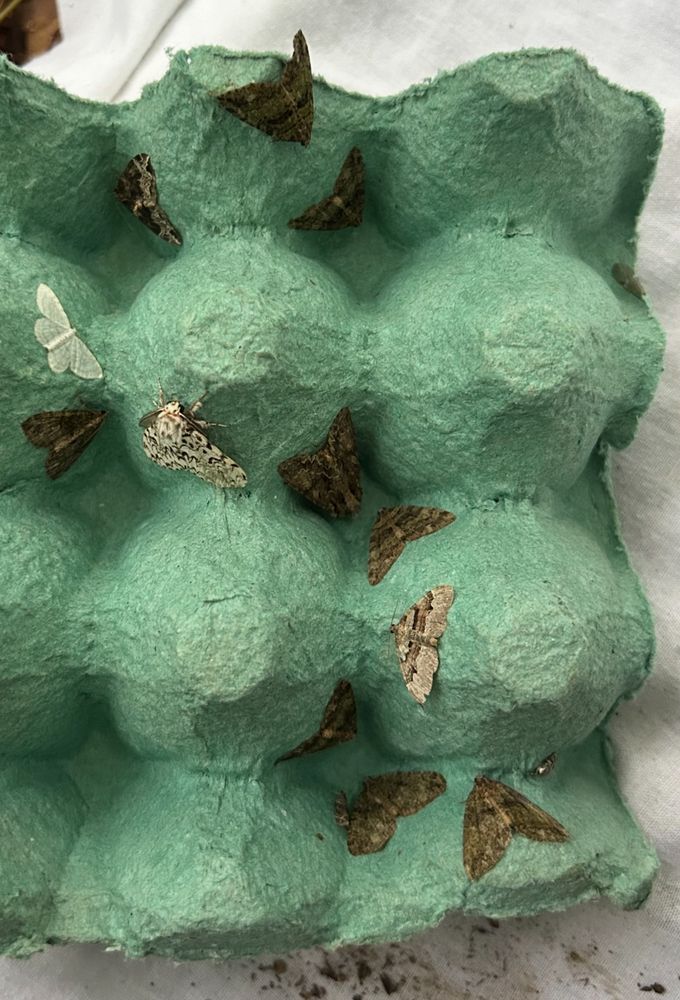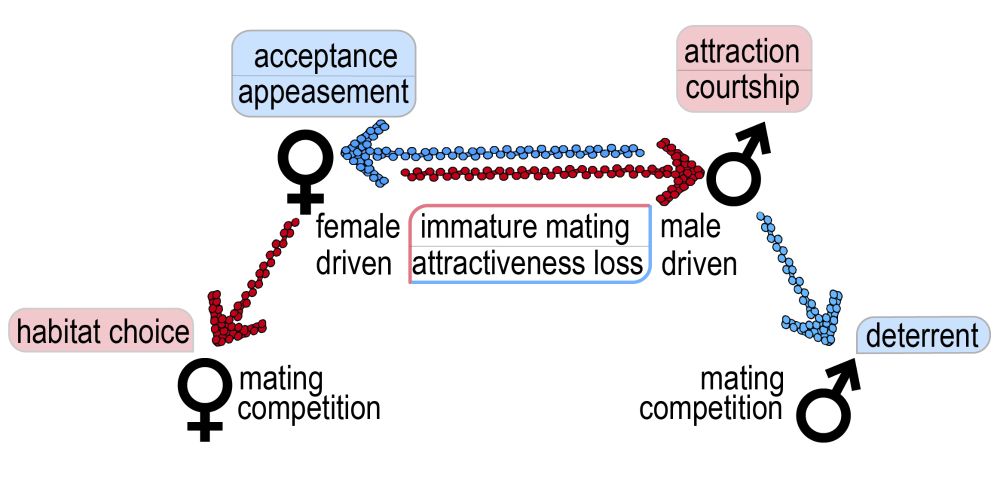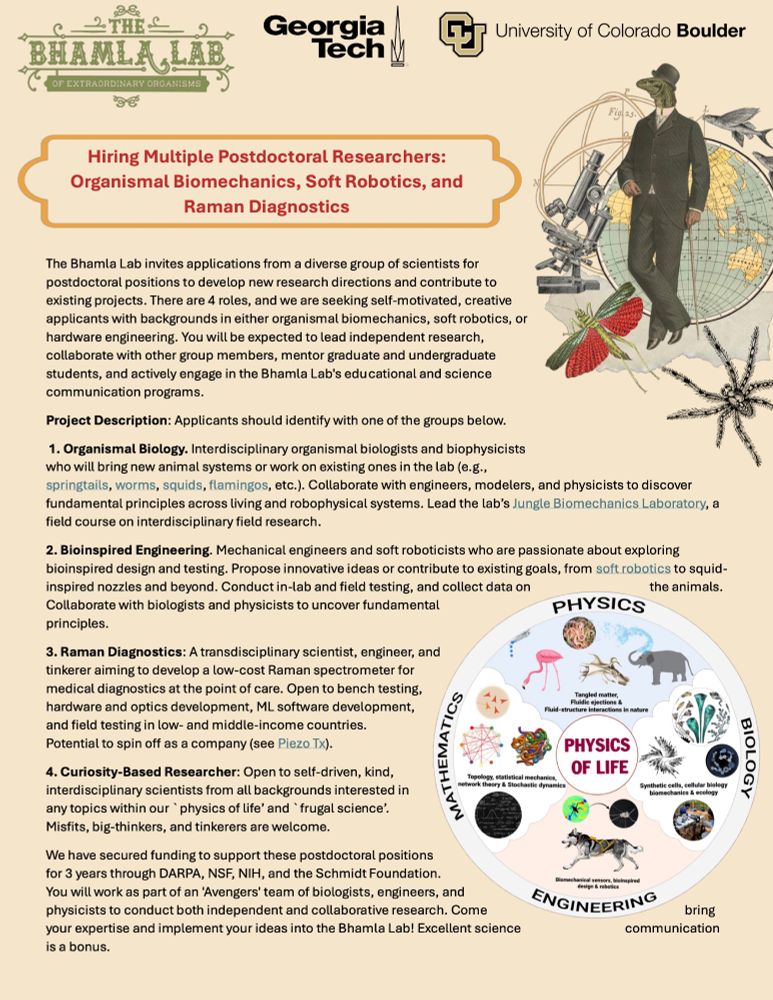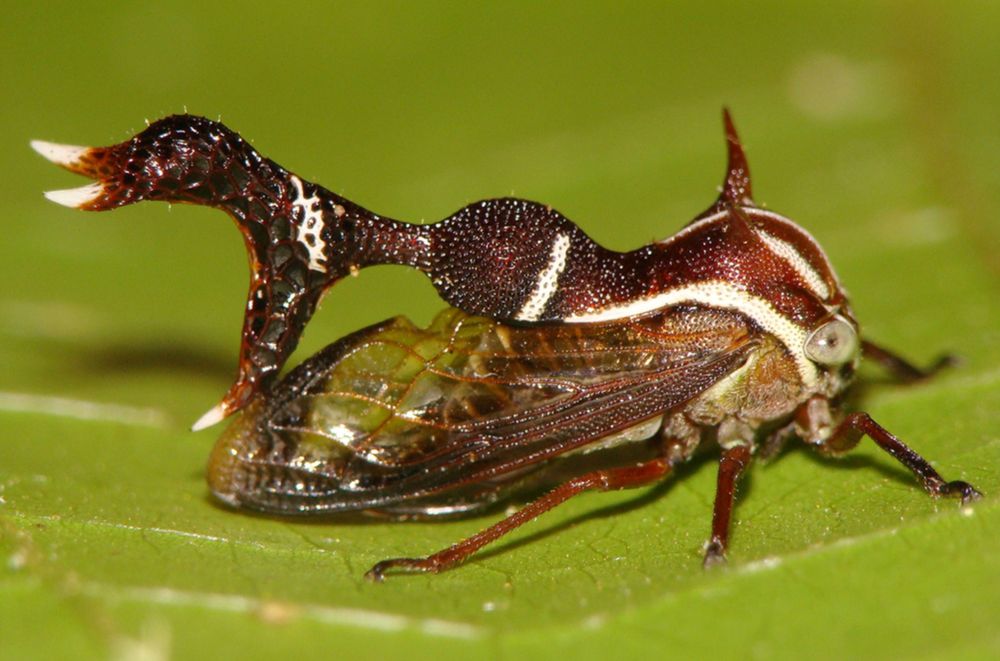Sam England
@samjakeengland.bsky.social
380 followers
270 following
61 posts
Ecology 🤝 physics. I'm a @humboldt-foundation.de postdoc fellow looking at weirdo animal eyes with @multipleye-lab.bsky.social 🕷️👀 PhD was uncovering electrostatic ecology🐛🦋⚡
Posts
Media
Videos
Starter Packs
Pinned
Sam England
@samjakeengland.bsky.social
· Jul 24
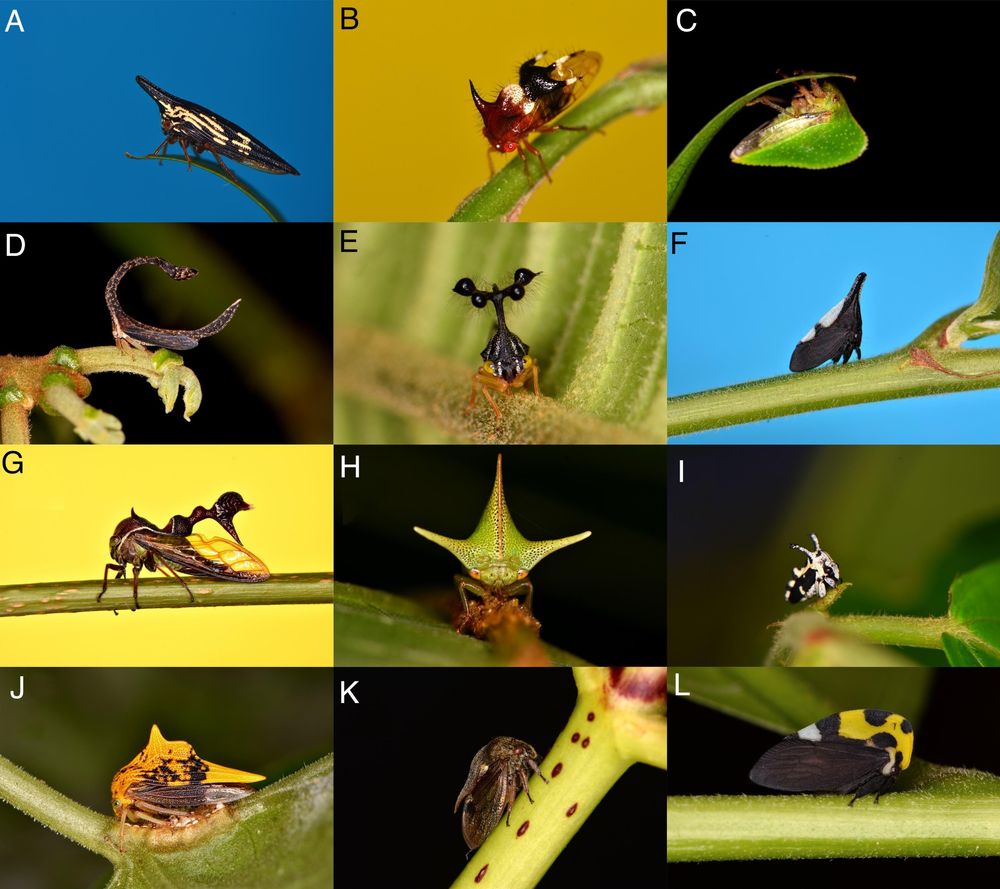
Electroreception in treehoppers: How extreme morphologies can increase electrical sensitivity | PNAS
The link between form and function of an organism’s morphology is usually apparent
or intuitive. However, some clades of organisms show remarkable ...
doi.org
Reposted by Sam England
Reposted by Sam England
Josh Arbon
@josharbon.bsky.social
· Aug 20

Wild jackdaws learn to tolerate juveniles to exploit new foraging opportunities | Biology Letters
Social tolerance can enhance access to resources and is thought to be crucial in facilitating
the evolution of cooperation, social cognition and culture, but it is unknown whether
animals can optimize...
royalsocietypublishing.org
Reposted by Sam England
Reposted by Sam England
Reposted by Sam England
Sam England
@samjakeengland.bsky.social
· Jul 31
Sam England
@samjakeengland.bsky.social
· Jul 31
Sam England
@samjakeengland.bsky.social
· Jul 31
Reposted by Sam England
Reposted by Sam England
Sam England
@samjakeengland.bsky.social
· Jul 30
Sam England
@samjakeengland.bsky.social
· Jul 30
Sam England
@samjakeengland.bsky.social
· Jul 30
Sam England
@samjakeengland.bsky.social
· Jul 28
Sam England
@samjakeengland.bsky.social
· Jul 25
Sam England
@samjakeengland.bsky.social
· Jul 25
Sam England
@samjakeengland.bsky.social
· Jul 24
Sam England
@samjakeengland.bsky.social
· Jul 24
Sam England
@samjakeengland.bsky.social
· Jul 24
Sam England
@samjakeengland.bsky.social
· Jul 24
Sam England
@samjakeengland.bsky.social
· Jul 24
Sam England
@samjakeengland.bsky.social
· Jul 24



